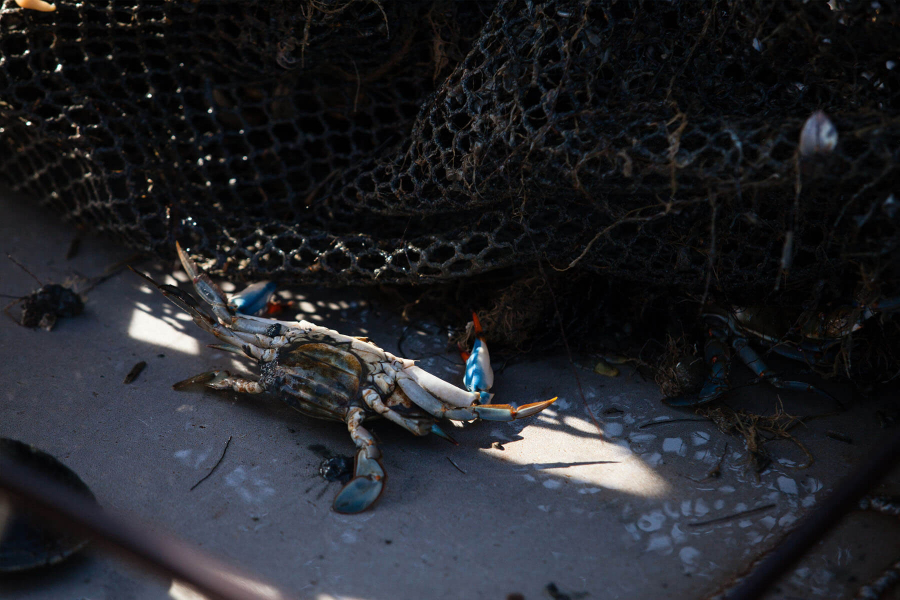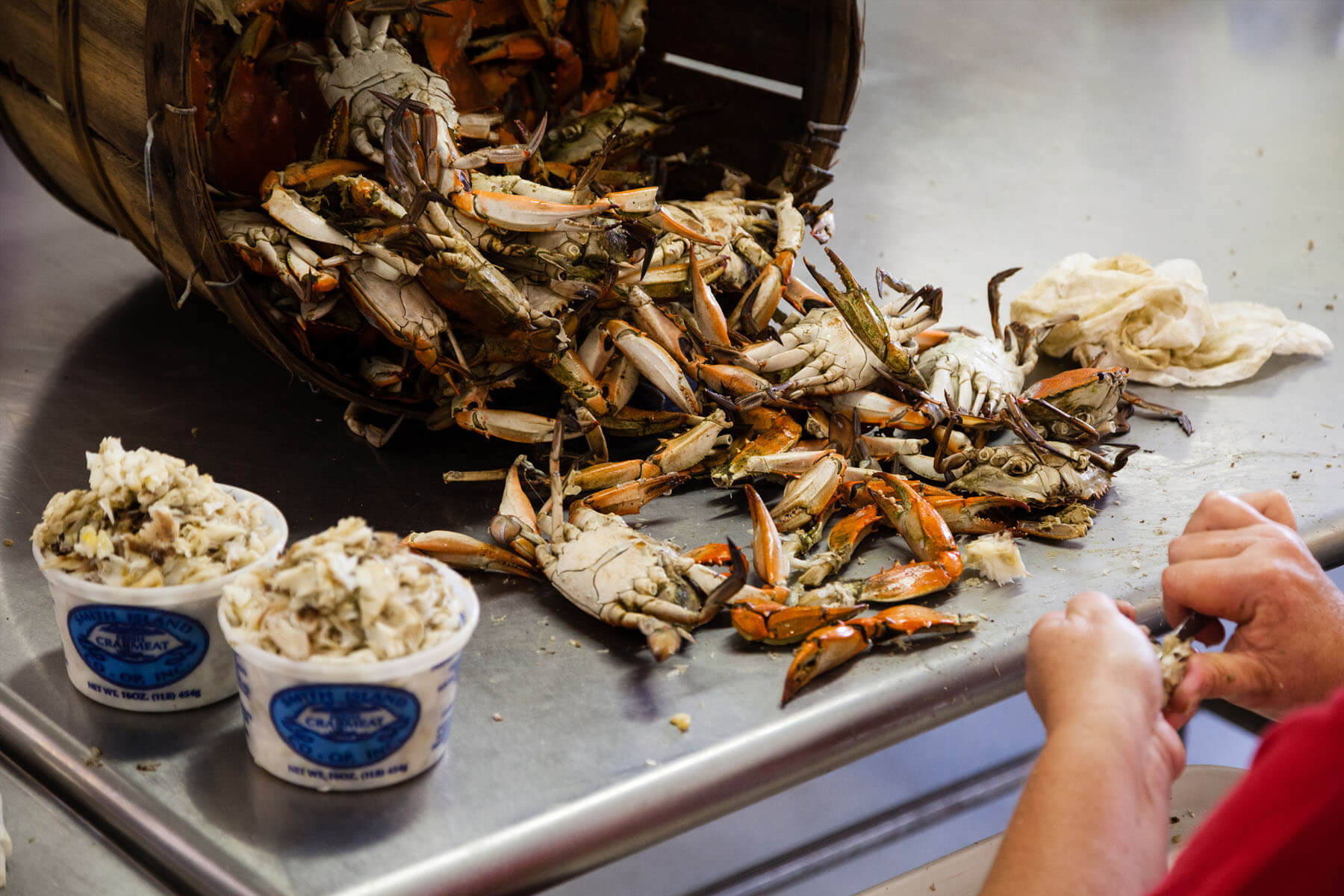Blue crab harvest sustainable, despite population decline
Experts recommend no change to regulations

Despite a recent drop in the Chesapeake Bay’s blue crab population, fisheries experts consider the stock sustainable and recommend no changes to harvest regulations in Maryland, Virginia or the Potomac River.
An estimated 58 million pounds of blue crabs were harvested from the Chesapeake Bay last year, according to the Chesapeake Bay Stock Assessment Committee (CBSAC). This represents a 10 percent drop from the 2016 crabbing season. Commercial and recreational crabbers harvested 21 percent of the female blue crab population during this time.
Experts assess the sustainability of the blue crab stock by comparing the percentage of the female blue crab population harvested each year to a 25.5 percent target and a 34 percent overfishing threshold. Because the latest female harvest levels are below both of these “reference points,” the blue crab population is not considered depleted, nor is it being overfished.
The Chesapeake Bay Program Sustainable Fisheries Goal Implementation Team (GIT) approved these findings in CBSAC’s 2018 Chesapeake Bay Blue Crab Advisory Report. CBSAC is a sub-committee of the GIT, and includes federal fisheries experts, scientists and representatives from state agencies and academic institutions.
“Through the science in the Blue Crab Advisory Report, resource managers around the Bay have information and analysis they need to make informed decisions about blue crab fishing regulations,” said Sustainable Fisheries GIT Chair Sean Corson in a media release. “This year’s report indicates we’re on a solid path and, thanks to the science involved, can enjoy eating crabs with friends and family this summer.”

Each year, the Maryland Department of Natural Resources and Virginia Institute of Marine Science count Chesapeake Bay blue crabs through a winter dredge survey. In May, survey results revealed an overall decline in the blue crab population. Between 2017 and 2018, the number of adult males fell 23 percent and the number of adult females fell 42 percent. However, the number of young crabs rose 34 percent. These juveniles are expected to reach maturity later this summer, which could provide a boost to commercial and recreational crabbing.
To maintain a sustainable blue crab stock, CBSAC recommends Maryland, Virginia and the Potomac River Fisheries Commission maintain a cautious, risk-averse approach to blue crab management and put procedures in place to provide accurate accountability for all commercial and recreational harvests.

Comments
If Spain is having so much trouble with the Chesapeake bay blue crab then pay our Chesapeake bay crabbers to go to Spain and help them with the so called nuisance that would be the best way to handle the problem thank you for your time
Thank you!
Your comment has been received. Before it can be published, the comment will be reviewed by our team to ensure it adheres with our rules of engagement.
Back to recent stories